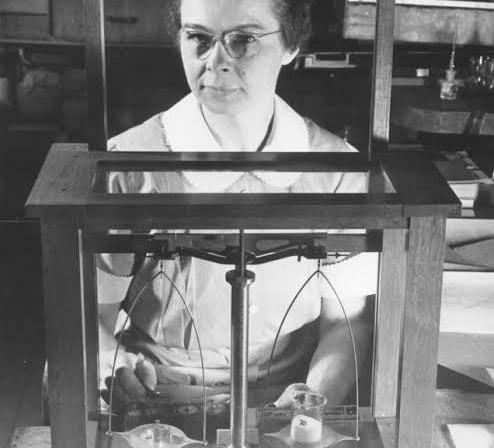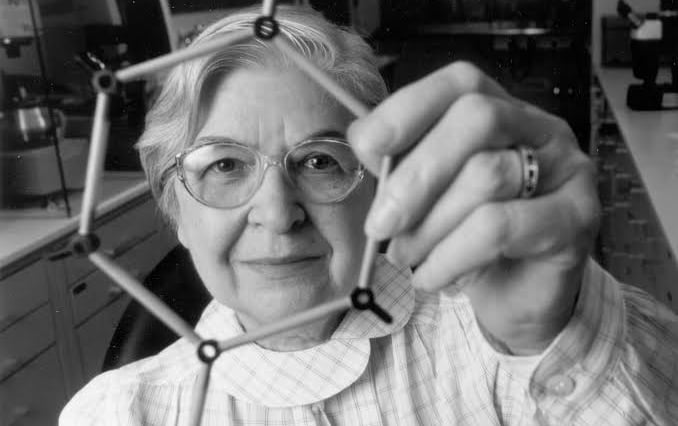History of women Inventors and Innovators in Automotive Technology
CARS
5/2/20245 min read
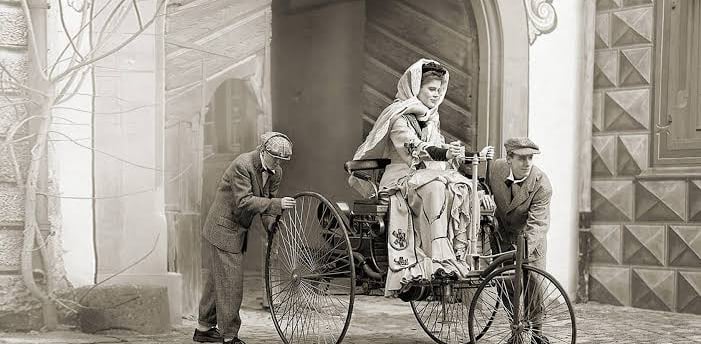

She was the first woman to drive a car. Bertha Benz was married to Carl Benz and supported him in the effort to create the first horseless carriage, the invention of the automobile. At that time no one else was interested in this motorcar until Bertha Benz and her sons took a famous road trip without Carl’s knowledge. The boys snuck the car out of Carl's workshop and they took it for its first long-distance road trip from Mannheim to Forceheim which was unthinkable for the time. The trip was a rough ride on the roads built for horses and carriages she made several repairs during that journey and even invented the first brake pad made of leather when the car's wooden brakes failed. Making her the first woman to test drive a car.
The women who changed the automotive history. The automobile industry is historically perceived as a male-dominated sector. But we are clueless about women who changed automotive history and some things that affect you every single day, you may not realize that women designed some of the features and technologies that you use and the reason they did is the original design or method just wasn't good enough so they invented a better solution. Let us dive into the history of such great women.
1 Bertha Benz
2 Margaret Wilcox
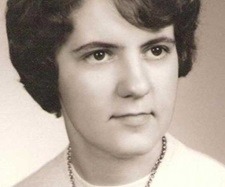

Mary Anderson invented the windshield wiper. she invented the wiper that helps us drive safely in the rain and snow. While snowing she noticed that drivers would stop every few blocks to clear off the windscreen. Mary created a hand-operated handle on the inside of the car and a rubber blade on the outside which helped the driver to clear the snow while on the move and the patent was granted to her in 1903. She never made any money because at that time manufacturer thought it had no value. The patent expired before the manufacturer realized its importance but she became a very successful developer.
Margaret Wilcox was born in 1838, she was one of very few female engineers at the time, and in 1893 she received a patent for the interior car heater. She engineered a system that pulled the heat from the engine and then redirected the air inside the cabin, which kept its occupants warm. The revolutionary system became the basis of all future car heating systems. Wilcox was one of the first-ever female mechanical engineers responsible for life-changing inventions such as the bake pan, dishwashing machine, and home heater.
3 Mary Anderson
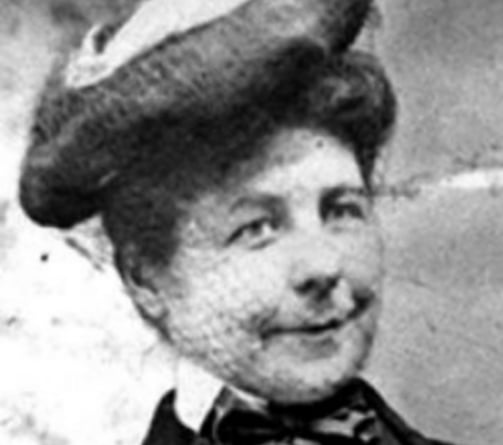

4 Charlotte Bridgewood
Florence Lawrence created the signaling arm. At one point in auto history brake lights and turn signals didn't exist until silent film actress Florence Lawrence saw the need for drivers would use hand signals or nothing. Florence Lawrence who starred in over 300 films and effectively became one of the world's first-ever movie celebrities, made a ton of money from her career and was able to buy a very expensive motor car. Driving was an activity that Lawrence found great enjoyment out of it and it was said to give her a brilliant sense of freedom and independence. In 1913 Lawrence invented a device called the auto signaling arm which is a special mechanism that worked as a signaling arm to inform other motorists which direction the drivers were heading. That would form the basis of turn signals and was a revolutionary idea as occupants usually lifted their arms left or right to indicate their intended direction. Lawrence then created a sign that would pop up on the back of the cars upon pressing the brake pedal the sign simply would read stop in case you can't guess already that formed the basis of the brake light.
5 Florence Lawrence
Charlotte Bridgewood upgraded the wiper to be electronically operated. Her design used rollers instead of blades to clean the windshield. Her design was too smart for their time because it expired after not getting enough attention from the auto manufacturers. Little did they know windshield wipers would eventually become a standard feature in all cars by 1922 Cadillac took her idea and applied it to their cars as standard with other manufacturers quickly hopping on the bandwagon.
Dorothy Levitt invented the rear rear-view mirror. Levitt was the first British female racing driver in a pioneer of women in the automotive sector. She taught Queen Alexandra how to drive along with a royal princess she even holds the world's first water speed record. She wrote a book titled The Woman and the Car which was published in 1909. In it, there was a recommendation that women drivers should always have a little mirror inside the car while driving. She stressed that it must be placed in a convenient spot so that things behind you were visible well that formed the basis of the rearview mirror and manufacturers quickly caught on to it, which became a feature a few years later in most vehicles by 1914.
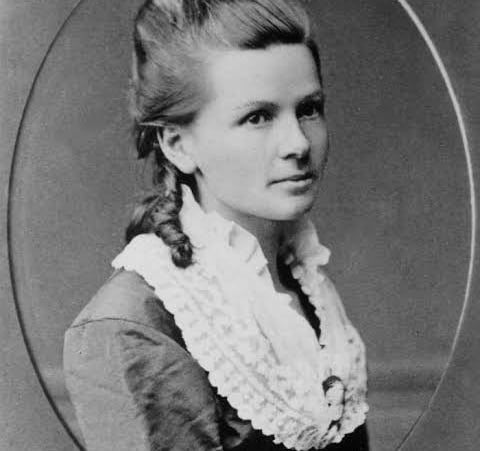

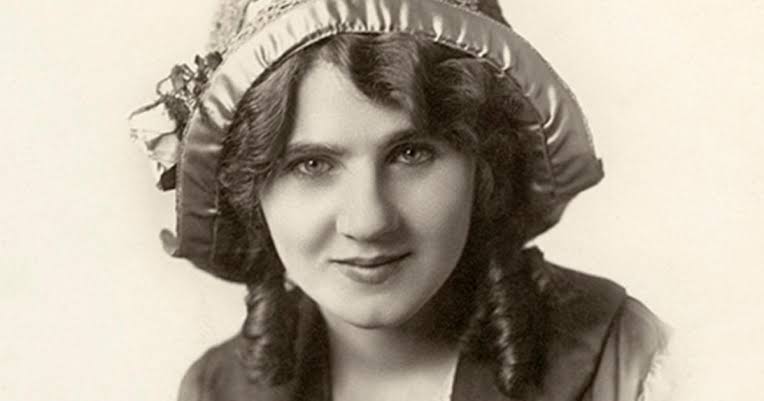

6 Dorothy Levitt
June Mccarrell invented road lane separation. She was a nurse who was involved in a pretty scary accident and while driving her Ford Model T, a truck approached her in the posing direction and forced her off the road she had to swerve to avoid a nasty crash. She then had an idea that would change roads forever she painted a set of white lines along the roadway the street is now known as Indio boulevard in California. The idea was to separate traffic in each direction so there were no head-on collisions, by 1924 her idea was adopted by the California Highway Commission which made the center lanes mandatory and they proceeded to paint 3500 miles of road and that was soon followed across the country for driver safety.
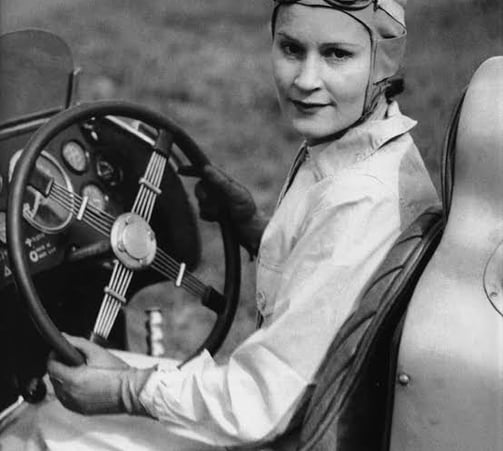

7 June Mccarrell
8 Catherine Bloggett
Catherine Bloggett an engineer and scientist invented the non-reflective glass and anti-glare windshields in 1926. At the age of 21 Bloggett was the first woman to receive a PhD in physics at Cambridge University and in 1938 she developed a liquid soap. when 44 layers were spread over the glass would allow 99% of the light to pass through, which was anti-glare her development paved the way for future engineers to create more durable coatings.
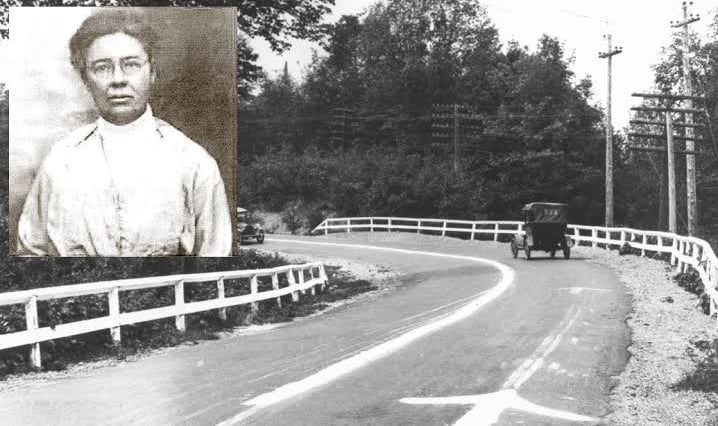

Skis, brake pads, racing sales, spacesuits, and perhaps most famously, the bullet-proof vest. These products and many others are made with kevlar, a strong, lightweight fiber invented by researcher Stephanie Kwolek in 1965. It all began when Dupont Chemicals asked researchers to make a fiber that could withstand extreme conditions. The solution was very, very fluid, it was almost like had the consistency of water. Synthetic fibers start in liquid form and are spun into a strand, It probably has particulate matter in it because it's cloudy and so forth. The fiber was lightweight, heat resistant, and five times stronger than steel.
9 STEPHANIE KWOLEK
